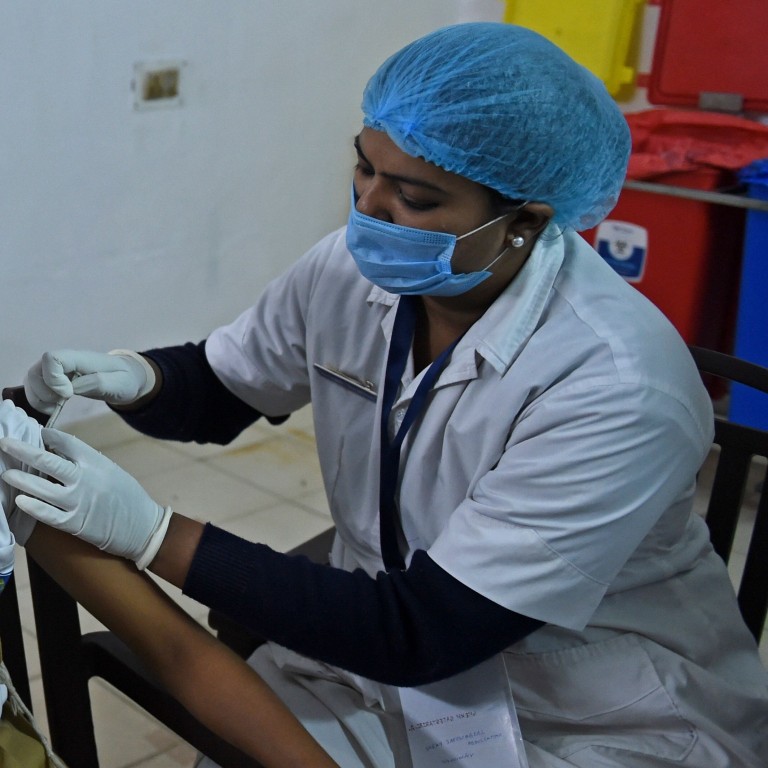
India presents budget to revive economy after coronavirus slump, including twice as much spending on health care
- The government will launch federal health scheme with an outlay of about US$8.8 billion over the next six years, Finance Minister Nirmala Sitharaman said
- India currently spends about 1 per cent of gross domestic product on health, among the lowest for any major economy
Unveiling an annual budget on Monday aimed at reviving an economy that plunged into deepest recorded slump amid the coronavirus pandemic, Finance Minister Nirmala Sitharaman proposed doubling health care spending to 2.2 trillion Indian rupees (US$30.20 billion).
The government will launch a new federal health scheme with an outlay of around 641 billion Indian rupees over the next six years, she told parliament kicking off her budget speech.
“The investment on health infrastructure in this budget has increased substantially,” said Sitharaman as lawmakers thumped their desks in approval.
The world’s second-most populous country has begun a huge vaccination drive and a steep fall in new coronavirus cases over the past few months is supporting an economic recovery.
“There are signs that the political, economic and strategic relations in the post Covid era are changing and … India is well well-poised to be the land of promise and hope.”

The economy is projected to contract 7.7 per cent in the current financial year ending in March but then gather steam in 2021-22 to hit 11 per cent, which would make it the world’s fastest growing major economy ahead of China’s estimated 8.1 per cent pace.
Still, it would take the economy two years to reach pre-pandemic levels, the government said.
India’s blue-chip NSE Nifty 50 and S&P BSE Sensex indexes extended gains to around 1.4 per cent each as Sitharaman laid out her proposals. The Indian rupee was marginally stronger at 72.86 against the dollar, while the 10-year bond yield slipped to 5.89 per cent.

